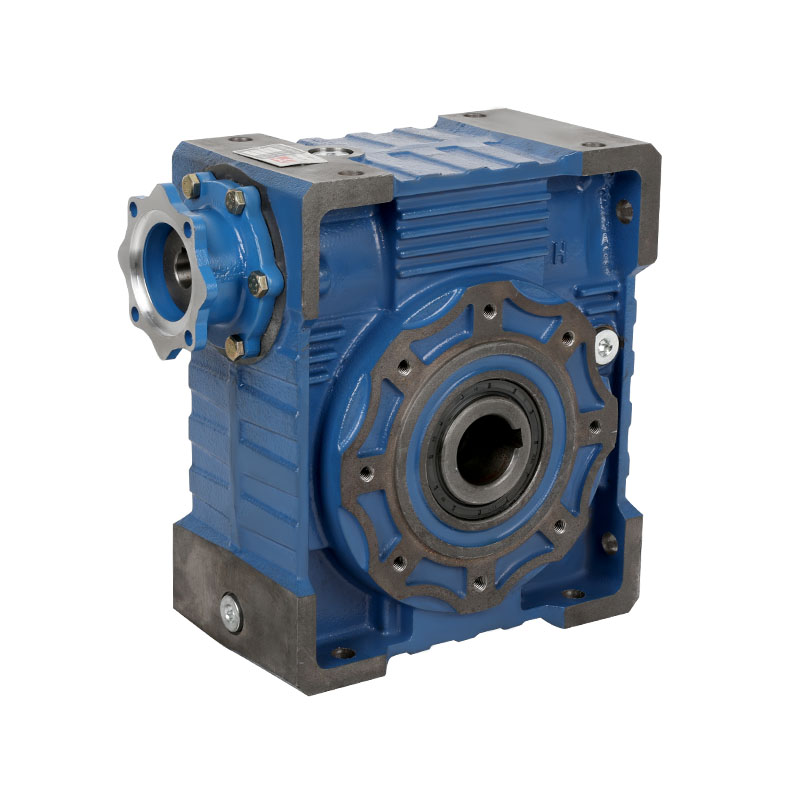When it comes to mechanical components in recreational vehicles (RVs), reliability and efficiency are paramount. Among the many systems that contribute to an RV’s functionality — from slide-out mechanisms to leveling jacks and rooftop units — the transmission of controlled power plays a crucial role. One component gaining traction in this niche yet vital area is the RV Worm Gear Reducer . But with so many gear reduction technologies available, is this particular type truly the most reliable power transmission solution for modern RV systems?
The term “RV Worm Gear Reducer” may not be familiar to the average camper, but for engineers and manufacturers designing today’s high-performance motorhomes and travel trailers, it represents a compact and durable way to manage motion and torque. Unlike traditional gearboxes, worm gear reducers use a worm screw and mating gear to reduce speed while multiplying torque, all within a relatively small housing. This makes them especially suitable for applications where space is limited and precise control is essential.
One of the standout features of the RV Worm Gear Reducer is its ability to provide high torque output at low speeds — exactly what is needed for functions like extending slide-out rooms or adjusting stabilizers. These operations require slow, steady movement without excessive energy consumption, which aligns perfectly with the characteristics of a worm gear system. Additionally, the self-locking nature of worm gears means that once a mechanism is in place, it remains stable without the need for additional braking systems — a major safety benefit in mobile environments.
Another factor contributing to the growing popularity of RV Worm Gear Reducers is their durability under variable conditions. RVs are often used in rugged outdoor settings, facing everything from extreme temperatures to constant vibration. The robust construction of worm gear reducers allows them to withstand these challenges far better than some lighter or more complex alternatives. With proper lubrication and maintenance, they can last for years without significant wear or performance degradation.
Moreover, as RV technology becomes increasingly automated and electrically driven, the compatibility of worm gear reducers with modern motor controls has become a key selling point. Many models now come equipped with mounting options for encoders, servo motors, and programmable controllers, enabling seamless integration into smart RV systems. This adaptability ensures that whether an RV owner is deploying a retractable awning or adjusting the vehicle’s leveling jacks remotely via smartphone app, the reducer responds accurately and consistently.

Still, one might wonder: Are there any drawbacks to using an RV Worm Gear Reducer? While highly effective in many applications, worm gears tend to have lower efficiency compared to planetary or helical gear systems due to the friction generated between the worm and the gear wheel. This can lead to heat buildup and increased energy consumption over time. However, for intermittent-use scenarios typical in RVs — such as deploying a slide-out room only once per day — this trade-off is generally acceptable, especially when weighed against the benefits of compact size, quiet operation, and mechanical simplicity.
So, considering all these factors — including strength, precision, compactness, and adaptability — is the RV Worm Gear Reducer the most reliable power transmission solution for modern recreational vehicle systems? For a wide range of motion-controlled applications within the RV industry, the evidence suggests that it very well could be. As manufacturers continue to push the boundaries of mobility and comfort in recreational vehicles, the RV Worm Gear Reducer stands out as a quiet but powerful enabler of innovation — proving that sometimes, the best solutions come in small, well-engineered packages.

 English
English русский
русский bahasa Indonesia
bahasa Indonesia
